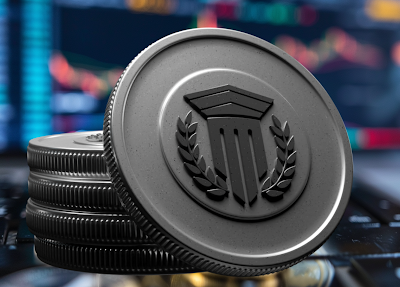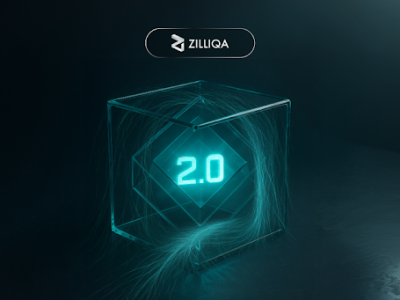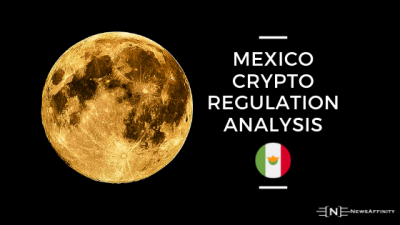Cross-border payments are vital and very important for a huge part of the population around the world. According to The Global Payments Report 2019, revealed revenues from global payments and cross-border transactions amounted to $1.9 trillion.
The traditional systems that banks use to perform cross-border transactions around the globe are correspondent banking systems such as SWIFT or Western Union. SWIFT transaction systems are expensive, slow and complex. Over the last couple of years, new technological solutions have emerged and implemented to change this system.
With the appearance of mobile banking, e-Commerce and digital wallets, banks have already re designed their banking system for making cross-border payments. Especially with the emergence of blockchain technology, which has disrupted the cross-border payments system. This has resulted in some of the major banks to consider the implementation of blockchain technology for some of their processes. Cross-border payments are faster and less expensive with blockchain technology than with traditional systems. For example, remittance costs with blockchain are 2-3% of the total amount sent, as compared with 5-20% that is withheld by other intermediaries. As blockchain does not require third-party authorization, the cross-border payment process is faster.
There are some blockchain solutions that provide the specific use case of cross-border payments. Traxalt is a Stellar based blockchain solution that provides a global network of cross-border payments that can easily be implemented in any enterprise. Some of the main advantages for using the Traxalt global network of cross-border payments are the real time traceability, speed, security and lower costs. Another example of the implementation of blockchain technology for this specific use is the Ripple solution for global payments, which developed a ledger system on blockchain for payments settlements between its subsidiaries. Some of the most well-known banks that are implementing blockchain for cross-border payment settlements are Deutsche Bank, Barclays Bank, BNO Paribas, among others.
Now that we’ve seen some real examples of blockchain technology for improving the cross-border payments performed around the world, let’s take a look for some of the main advantages it provides.
Secure payments: The conventional cross-border payments involve a central authority, such as a bank. With centralization there are some vulnerabilities such as hacks and user’s data may be compromised. Blockchain technology facilitates safe payments by securing all transactions on the network with cryptography. It is nearly impossible to hack a blockchain transaction due to its anonymity and cryptography phrasing.
Absolute transparency: Some of the key concerns in the current cross-border payments system are lack of payments traceability, invisibility of banking fees and discrepancies in total amounts. With blockchain and its public ledger, these concerns can easily be tracked in real time and with absolute transparency.
Real-time payment systems: Banks normally use intermediaries to facilitate cross-border payments, which can take from 3-5 weekdays. This results in a lot of time for companies seeking to receive money. With blockchain, there is no need for intermediaries, so it facilitates a direct transfer which can be traced in real time on a blockchain public ledger.
Low transaction costs: With intermediaries such as SWIFT, a transaction fee has to be payed for the service they provide, whereas blockchain eliminates intermediaries, and users have to pay only a nominal fee which can be very low.
Blockchain technology can have several distinctive use cases. In the banking industry, specifically in the cross-border payments, several financial institutions are working with blockchain providers, such as Traxalt or Ripple, to provide their customers with fast, secure, and less costly services. Currently, most people are increasing their trust in blockchain technology because of its transparency, speed and lower cost of transactions.

















Comments